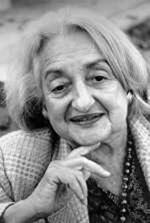Media: Journalism
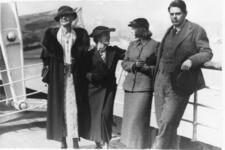
Lucille Corcos
Lucille Corcos was celebrated as one of the foremost “modern primitivist” painters in America, creating revealing composite urban scenes. Corcos was widely praised for her lack of self-consciousness and complete freedom of expression, and she exhibited works throughout the United States and Europe.
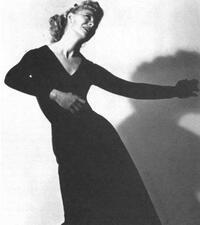
Modern Dance Performance in the United States
Jewish immigrants to the New World brought with them their ritual and celebratory Jewish dances, but these traditional forms of Jewish dance waned in the United States. Working-class and poor Jewish immigrants parents sought out culture and education in the arts for their children, often as a vehicle for assimilation. Jewish women were particularly attracted to the field of modern dance.
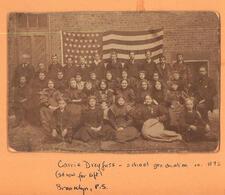
Carrie Dreyfuss Davidson
Carrie Dreyfuss Davidson became an important voice for women in the Conservative Movement as a founder of United Synagogue’s Women’s League and founding editor of its journal Outlook. Davidson exemplified the often-competing paradigms of Jewish homemaker and accomplished writer and community leader.
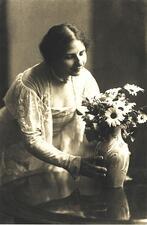
Ida Dehmel
Living a privileged existence in the wealthiest circles of German cultural society, Ida Dehmel became involved in circles of patronage of modern art that raised awareness for feminist issues, including women’s suffrage and equality for women’s artists’ associations. In 1916 she co-founded the Women’s Society for the Advancement of German Art.
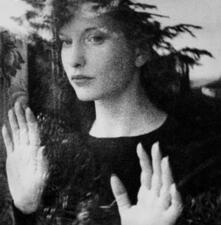
Maya Deren
Maya Deren pursued an ambitious career as a writer, publishing poetry, essays, and newspaper articles. She was also one of the most important avant-garde filmmakers of her time for her use of experimental editing techniques and her fascination with ecstatic religious dances. In 1946 she used a Guggenheim Fellowship to photograph Haitian dance.
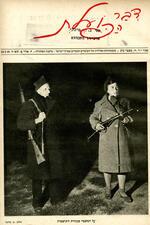
Devar Ha-Po'elet
Devar ha’Po’elet, the magazine of the women worker’s movement, was founded in 1934 by Rahel Katznelson-Shazar, a prominent activist of the Council of Women Workers. The magazine was intended as an educational tool, through which the movement aimed to communicate the essential characteristics of the new Hebrew woman.
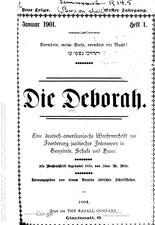
Die Deborah
Die Deborah was an influential American Jewish newspaper published in German from 1855 until 1902 specifically aimed at German-Jewish middle-class women. The paper’s writers and editors viewed women in high esteem as keepers of moral and spiritual values, and toward the turn of the century they came to support the values of the American feminist movement.
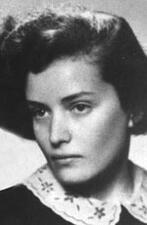
Gusta Dawidson Draenger
Gusta Dawidson Draenger was active in resistance movements during World War II, enduring imprisonment and torture. Her famous work, Justina’s Diary, recalls her experiences within the resistance and while incarcerated.
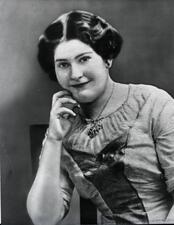
Rose Dunkelman
Rose Dunkelman was an innovative, industrious Canadian Zionist leader who worked tirelessly for the Jewish national cause. Dunkelman was the founder and long-time vice-president of Canadian Hadassah-WIZO. In 1925 she founded the Toronto Hadassah Bazaar, and that same year she was named to the National Executive of the Zionist Organization of Canada.

Joanna Eckstein
Shirley Eder

Ophira Edut
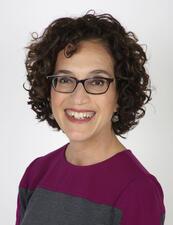
Jane Eisner

Nora Ephron
Lotte Errell
Photojournalist Lotte Errell worked tirelessly to make her adventurous travels in Africa, China, and the Middle East accessible to her readers at home in Germany and beyond. Her success illustrates how photography and travel journalism provided women with new possibilities for independence and careers. Errell traveled the world throughout the 1930s taking photos and writing essays, but she was interrupted in the 1940s by the war.
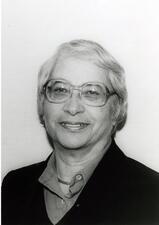
Mary Arbitman Fellman
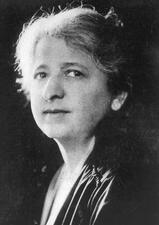
Mary Fels
Mary Fels used her wealth and her talents to further the Zionist cause, arguing passionately for a Jewish state and helping create both settlements and industry in Israel. Both Fels and her husband, a successful soap manufacturer, felt their wealth gave them a responsibility to reform capitalism and use their money for philanthropy.
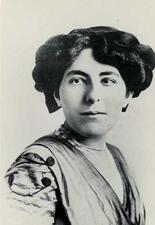
Edna Ferber
Prolific writer Edna Ferber celebrated America in her many works, even as she exposed its shortcomings. Her novel So Big won a Pulitzer Prize in 1925, and the film Giant and the musical Show Boat were both based on her novels. Ferber’s work was shaped by her childhood experiences of antisemitism and frequently featured strong and talented women.

Ruth First
Ruth First was a prolific writer and her penetrating investigative journalism exposed many of the harsh conditions under which the majority of South Africans lived. As various restrictions prevented her from continuing her work as a journalist Ruth First became more and more involved with the underground movement that was changing its tactics from protest to sabotage.
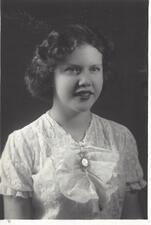
Janette Fishenfeld
Janette Fishenfeld was a Brazilian author, columnist, and Zionist. In her works, she portrayed a nuanced, complex view of the Brazilian Jewish community and advocated for the Zionist cause.
Edith Flagg
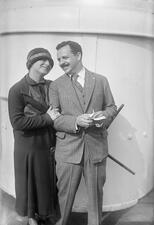
Doris Fleischman
Doris Fleischman made history as the first American married woman issued a passport under her own name. Her prolific writing career and public feminism brought her national recognition.
Lee Weiss Frank
Lee Weiss Frank worked as a reporter and radio show host, was involved in the Women’s International League for Peace, and was a prominent public figure in Philadelphia. Her legacy extends beyond her community work and journalism, as she was a prolific artist painting in oil and in watercolor.
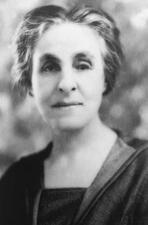
Ray Frank
While her career was short-lived, Ray Frank remains significant as the first Jewish woman to preach from a pulpit in the United States. Her speeches often encouraged communal cooperation and tried to heal congregational disputes, and she notably gave an address at the first Jewish Women’s Congress in 1893.
